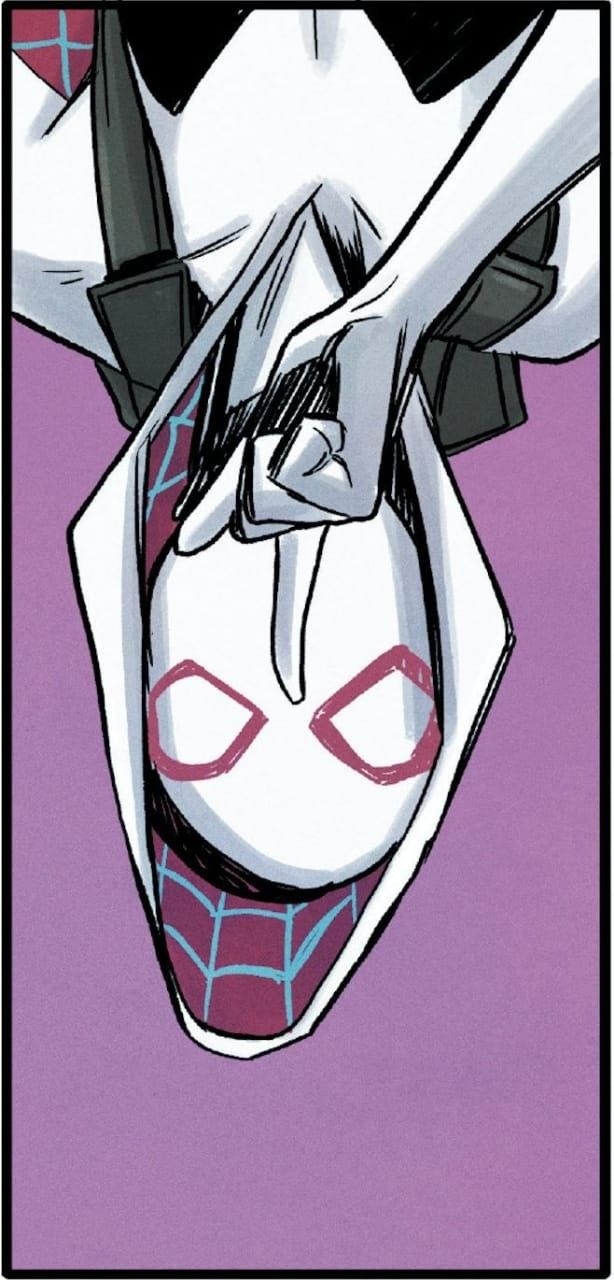Stockings on a Ladder
This allows for visualisation of different issues within a project..
Bryden Wood’s strategy to achieve net zero carbon building is based on the adoption of a clear hierarchy for operational and embodied carbon..In order to substantially reduce operational carbon, our designs will adopt the following hierarchy:.

Be Lean (passive): minimise the use of energy via passive design measures such as optimised form, orientation and window-to-wall ratio (WWR); design energy efficient facades that incorporate thermal insulation, high airtightness, external shading and solar control glazing; use of natural ventilation and thermal mass and design transitional spaces and low thermal expectation spaces.. Be Lean (active): minimise the use of energy via energy efficient lighting (LED, daylight and presence control sensors) and ventilation systems (demand control ventilation, low SFPs, heat recovery); use technologies such as waste-water heat recovery and specify energy efficient lifts and appliances/equipment.. Be Clean: connect to district heating networks that have plans for decarbonisation; explore plans and feasibility of local hydrogen district networks.. Be Green: use onsite low and zero carbon technologies such as air source heat pumps (ASHP), ground source heat pumps (GSHP), photovoltaic panels, solar collectors for domestic hot water and wind generation among others.. Be Smart: implement innovative technologies such as electric batteries, heat storage, post-occupancy evaluation and develop smart-metering systems..Offset: any remaining carbon should be offset via Power Purchase Agreements (PPA) or recognised carbon offset schemes.Offsets used should be publicly disclosed.. An example of specific design strategies that Bryden Wood have adopted follow the proposed operational carbon hierarchy is shown in Figure 5 and is demonstrated with examples below..

Step-by-step hierarchy for net zero operational carbon.In order to substantially reduce embodied carbon, our designs will adopt the following hierarchy:.

Build Nothing: identify opportunities to reuse existing structures, refurbish and reuse demolition materials onsite.
Build Less: optimise the building’s form, structure, structural grid, WWR and DfMA components; recommend the use of durable materials, design-out basements and false ceilings (exposed soffit); design spaces which are adaptable and can be easily deconstructed..Bryden Wood’s digital configurator apps are deliberately aimed at lowering the barrier to entry, while Professor Glass notes that at UCL there’s a part of the faculty entirely composed of data scientists looking at the built environment.
There’s work for everybody to do on this, we just need to make a home for people in the sector.On a somewhat similar note, the industry also needs to start making better use of its existing data.
We can’t expect to get into digital twins and smart assets, if we aren’t making the most of the data we already have access to.. Further exploration into the future of construction.Professor Glass explains that as we turn our efforts towards shaping the future of construction, one of the areas we need to prioritise is our action on net zero and climate change.
